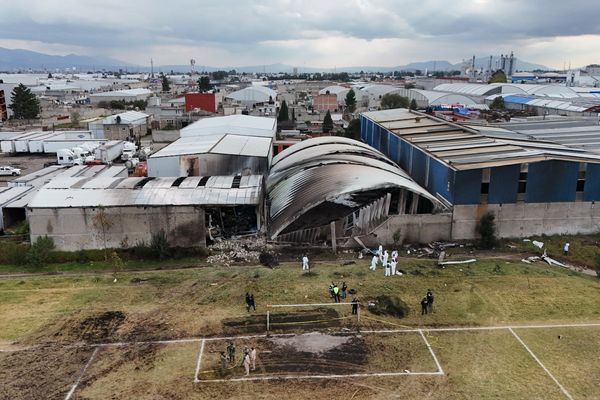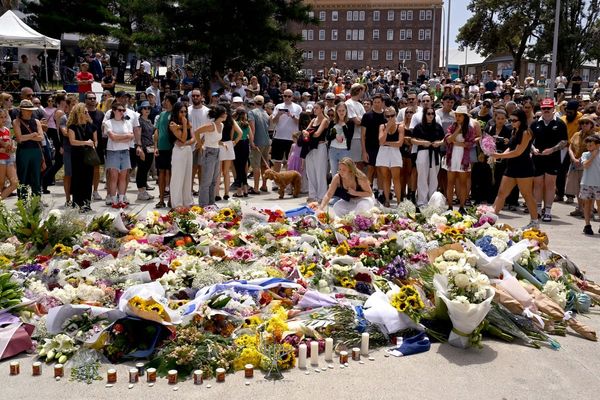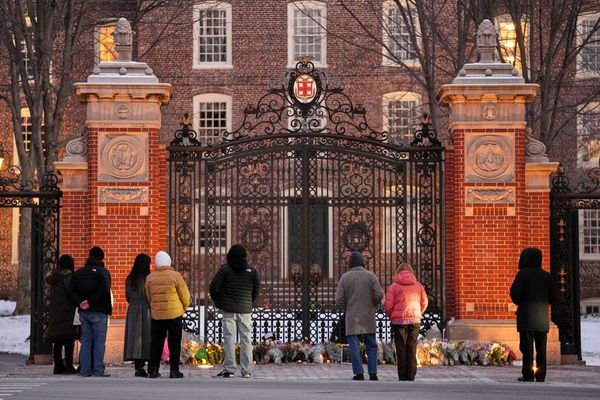
Crowded accident and emergency wards mean only 15% of department heads are confident they could deal with a major incident such as a terror attack or rail disaster, new research has revealed.
In a survey of clinical directors and consultants at 71 emergency departments in England, all said their A&E was crowded, with more than 70% saying patients had to wait in corridors or ambulances at least half the time. Only 11 were confident they were “adequately prepared” to respond to a major incident.
The results, published last week in the Emergency Medicine Journal, came from a survey conducted in March last year by academics at Derriford Hospital in Plymouth and the Royal Centre for Defence Medicine in Birmingham.
Since then, clinicians believe conditions have worsened in emergency departments and last week NHS England said 2024 was the busiest on record for A&Es and ambulances.
An average of 5,407 patients were being treated for flu each day last week, NHS England said, three-and-a-half times as many as at the same time last year.
Ambulances queued outside emergency departments because there were no beds for their patients. On the wards inside, 12,591 patients were well enough to leave, but their discharge from hospital was delayed because they had nowhere to go. A shortage of social care placements meant that 70.6% of patients were delayed in hospital, according to the Royal College of Emergency Medicine (RCEM).
“It would be wrong to think this is all about winter respiratory viruses,” said Dr Adrian Boyle, the RCEM’s president. “These are the straws breaking the camel’s back. The problem is not enough capacity – beds and workload – to allow patients to be admitted. The system has been in crisis all year.”
Boyle said the RCEM was “extremely concerned” by the major incident research. “This resonates with what a lot of clinical directors tell me, that almost every department at the moment has one to two wards-worth of patients waiting to be admitted, in corridors or, worse, waiting outside in ambulances.”
The latest NHS winter crisis has led to more than 20 hospital trusts announcing they have been affected by a critical incident, which allows them to postpone appointments for elective procedures to transfer staff to help at A&E.
Major incidents are serious events, from bus or train crashes to disasters such as the Grenfell Tower fire or the Manchester Arena bombing.
Hospitals in England must submit a major incident plan to NHS England every year, usually working with police and fire services. Most plans involve finding a way to clear their A&E to deal with mass casualties.
Prof Lucy Easthope, an adviser on disaster response and author of When The Dust Settles, said that most A&Es probably could respond to a “no notice major incident”.
“But what that would do to the existing problem in hospital, I dread to think,” she said. “Lots of our no notice plans [effectively] sacrifice those not in the incident.
“Planners are worried. Very bluntly, we are overdue something like a transportation crash. And none of the consultants or clinicians are getting any downtime, so they’re not attending training for a major incident.”
Easthope said that although people often assume other patients will accept that disaster victims would get priority, she had seen “huge levels of anger” when there was crowding. And she added that if A&Es continue to be crowded, disaster response teams might need to consider planning how to treat people at the scene of a mass casualty event instead of hospital.
A spokesperson for NHS England said: “We know the NHS is under significant pressure this winter but a huge amount of planning, practice and assurance takes place for major incidents – and plans to support NHS organisations can be quickly enacted, including providing mutual aid from neighbouring hospitals and the voluntary sector.
“Individual NHS organisations are responsible for having robust major incident plans in place to meet their local needs and we will continue to work with them to ensure this is the case.”







